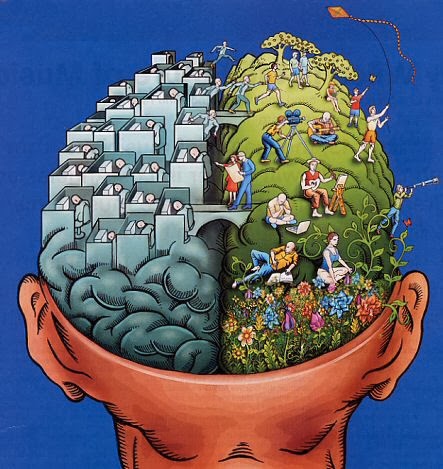“Creativity is the power to connect the seemingly unconnected” (William Plomer)
James
Webb Young, author of A Technique for
Producing Ideas, said, “An idea is nothing more nor less than a new
combination of old elements.” The person who knows how to do this is
more likely to come up with a new idea than a person who doesn’t. Making
connection or combination where none existed before is what an awesome idea is
all about.
“The essence of this technique is about
randomness,” writes Dr. Yew Kam Keong. “Force
a connection of your problem at hand with something selected at random. There are
practically unlimited possible connections that can be made.” You see
something or you hear someone, often totally unconnected to the situation you
are trying to resolve and all of the sudden – idea’s light on! Newton and the
apple, Archimedes in the bath tub, Johannes with the coin punch and the wine
press, for examples.
Here
are some suggestions of doing this:
1)
Random Observation. Look around you and try to
make connections between things that are already related in some way (Example;
Home movies + Internet = YouTube) or things that are very different (Example;
Video game + Exercise = Nintendo Wii).
2)
Random Word. Choose a word from the
dictionary or book or magazine and look for connections between the word and
your problem.
3)
Mind Mapping Ideas. Put a key word or phrase in
the middle of the page. Write whatever else comes in your mind on the same
page. See if you can make any connections (google or read the founder Tony
Buzan’s Mind Mapping method).
4)
Pick up a picture or Quotations
& Proverbs.
Consider how you can relate it to your situation.
Try
it! Combine and connect to get an idea.
Lord, Give Us Today Our Daily Idea(s)























